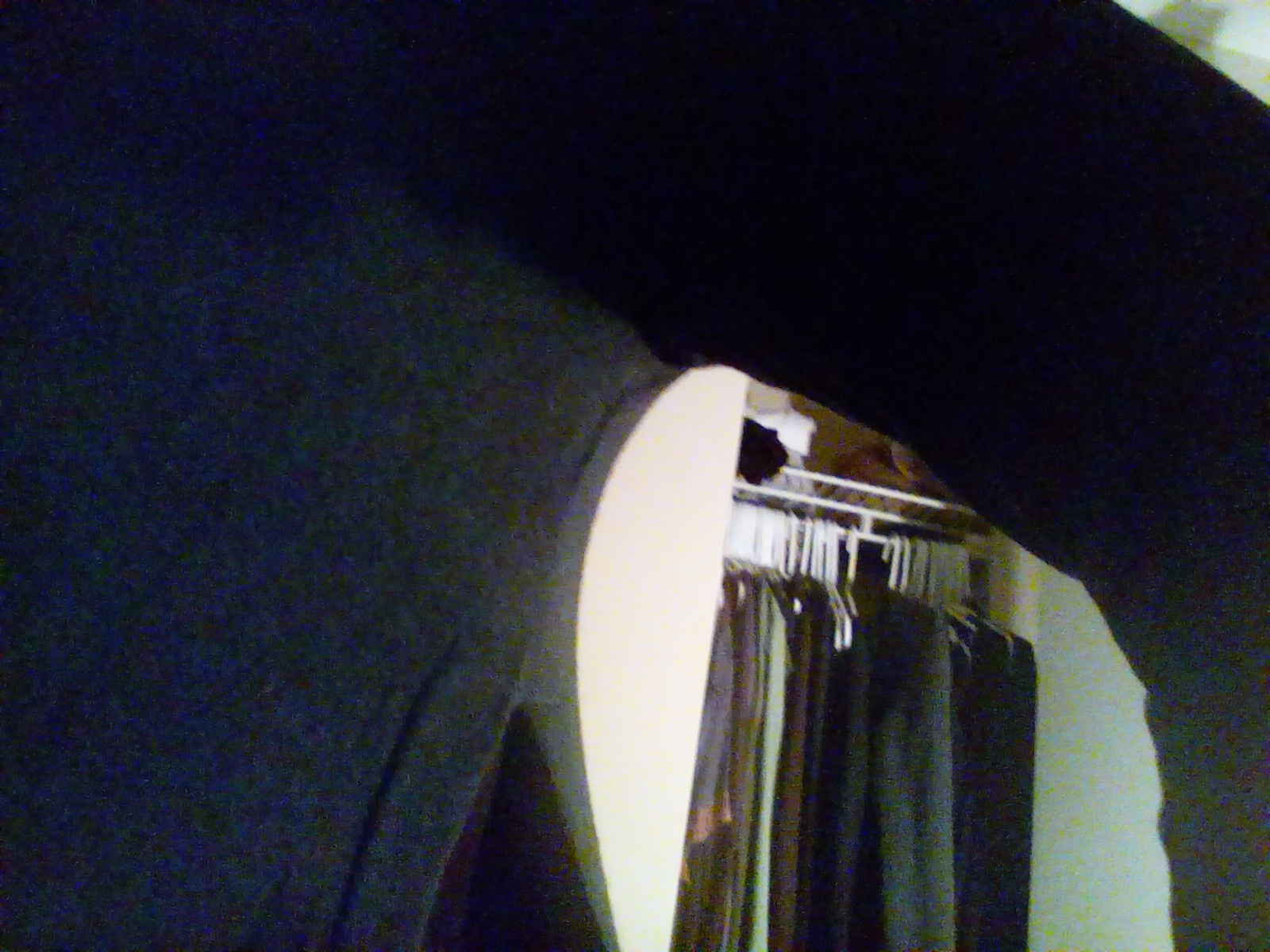
It also creates a way for the brand to offer jeans at a lower price point to consumers (although cannibalization is a risk) and elevates the brand as a supporter of sustainability and the circular economy. This unlocks incremental value for Madewell from its own goods beyond the initial purchase. Source: Īs an example of collaboration, Madewell, a brand popular among millennials and Gen Z, purchases its own brand’s jeans being resold on ThredUP and refurbishes them to sell in its stores. It creates incremental value for sellers when the brand partner offers a bonus (an additional 15%-20% on top of what ThredUP pays). Through the loyalty program, sellers to receive payment in the form of a credit to spend with a brand partner (such as Reformation, a sustainable clothing brand) creating value for the brand partner in the form of customer acquisition and retention and drives brand loyalty. ThredUP wants to “make the shopping experience indistinguishable from what it’s like to shop for new things.” Through both the site and app, buyers can set preferences, filter and save searches and “favorites,” and receive recommendations based on history.Ī most innovative feature of ThredUP is its recent “Resale-As-A-Service” (RaaS) platform that allows brands and retailers to plug into the marketplace through a loyalty program, online collaboration, and in-store pop-ups. Personalized shopping experience comparable to shopping for new items.With strict quality standards and a 12-point quality check system, buyers can trust that the condition of the items are as described. Reduced risk by ensuring quality and 100% authenticity.Savings of up to 90% off retail prices.ThredUP carries 35,000 brands across multiple tiers and offers up to 40,000 new items daily. Largest online assortment of secondhand clothing.
#THRED UP SERIES#
Pathways to a Just Digital Future Watch this tech inequality series featuring scholars, practitioners, & activists ThredUP creates value for buyers through:

Sellers may choose to receive cash, credit, or, instead of receiving a payout, opt for ThredUP to donate $5 per bag to a charity of the seller’s choice. ThredUP’s payout calculator allows sellers to estimate the payout on their clothes. The seller still controls the item’s listing price.

It leverages computer vision and AI to instantly determine resale value, factoring in estimated retail price, fair market value, age, quality, style, level of similar inventory already available, and features a dynamic pricing model that accounts for seasonality and high demand. Providing more accurate pricing through data science.Through its automation capabilities and logistics, ThredUP can do this at scale, processing up to 100,000 garments each day. ThredUP professionally photographs items, writes copy, packs and ships items, and manages returns.

Saving sellers time by doing the heavy lifting of selling and distribution.Through the innovative “Clean Out” service, a seller requests a “Clean Out Kit” bag with pre-paid postage or prints a pre-paid label to use on a box they already have, fills it with clothes, then leaves it for the mail carrier to pick-up. Offering a convenient way to re-sell/donate/recycle clothing from home.In 2012, ThredUP shifted to a consignment model becoming more vertically integrated allowing it to create additional value for sellers and buyers and increasing its appeal for more people to engage on the platform. It was a clever strategic move because it a) convinced hesitant participants because there was less stigma around children’s hand-me-downs and b) was a way to target moms to eventually re-sell their own clothes, thus increasing supply and opening the door to attract more buyers to the site driving indirect network effects. Faced with the classic chicken-and-egg problem, the company shifted its focus onto children’s clothing a year later. ThredUP originally launched in 2009 as a peer-to-peer marketplace platform that facilitated men’s shirt swapping.


 0 kommentar(er)
0 kommentar(er)
